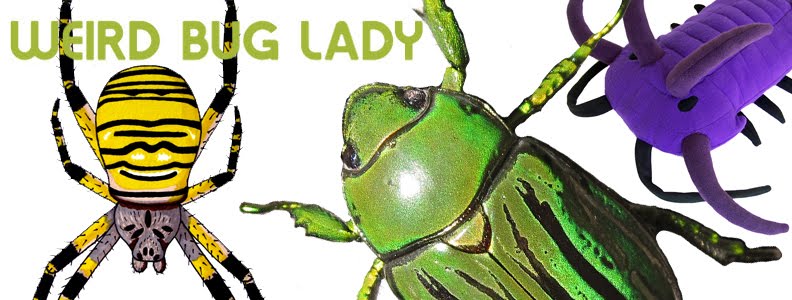So when you come across a painted grasshopper, Dactylotum bicolor, as a potential naive predator and/or biologist, your first instinct may be "Ah-ha! I bet this grasshopper sequesters toxins through its diet and is unpalatable to predators."
 You would, however, be wrong. As conspicuous as this species appears out in the open, they are actually quite cryptic when amongst the desert vegetation. Patches of red, pink and orange match the soil and rocks. White areas are highlights, while the dark blues become shadows. Their coloration is not strictly aposematic in the combination and placement of colors, but it is striking to us. For this grasshopper its main defense is not a warning signal, but camouflage in a colorful habitat.
You would, however, be wrong. As conspicuous as this species appears out in the open, they are actually quite cryptic when amongst the desert vegetation. Patches of red, pink and orange match the soil and rocks. White areas are highlights, while the dark blues become shadows. Their coloration is not strictly aposematic in the combination and placement of colors, but it is striking to us. For this grasshopper its main defense is not a warning signal, but camouflage in a colorful habitat.











1 comment:
awesome blog, do you have twitter or facebook? i will bookmark this page thanks. lina holzbauer
Post a Comment